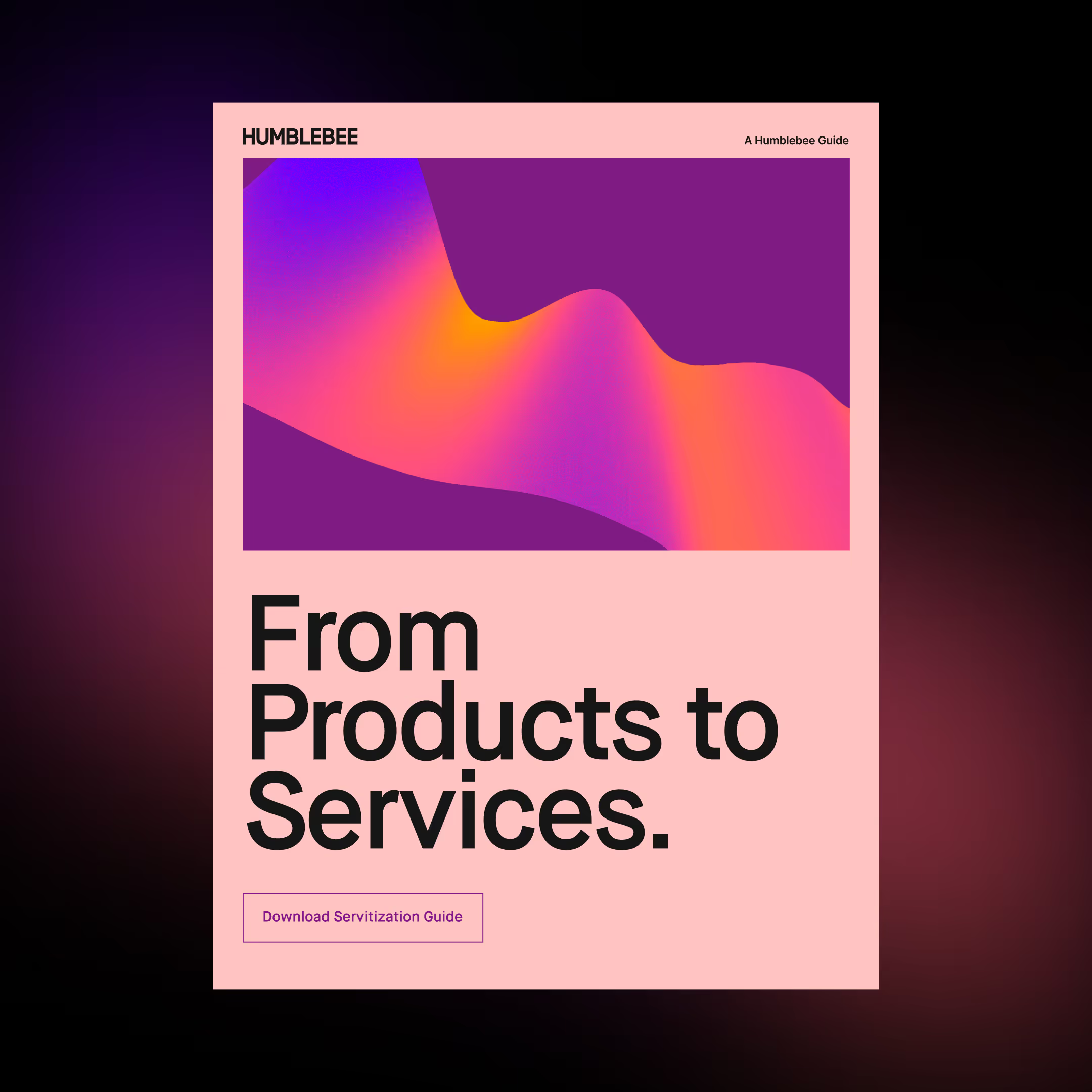Why we gamified UX. Literally.
Games create stories. These stories live on in our memory. This is why games are great tools for learning complex processes.

Games have a unique power — they can serve as powerful storytellers, creating narratives that endure in our memories. This quality makes games effective tools for learning.
A complex process like design thinking can be hard to grasp. And in the real world, it gets even more complex as budgets and deadlines encroach on the creative process.
In an effort to overcome this barrier to entry, we created a game where players learn by making meaningful choices within a playful space. The choices simulate the reality of design thinking and interaction between stakeholders.

The art of problem solving, gamified
At Humblebee we have refined an almost scientific approach to solving problems over the years, using design thinking amongst other tools. We have taken these learnings and applied them to an interactive medium where players engage in decision-making with consequences that teach the values of design.
In the game, players are tasked with designing the next big app by incorporating design features with different qualities. These features are represented by colourful, irregularly shaped tiles. The placement of your chosen tiles will determine the success of your app, based on how well they align with user needs.
So what does the game teach us?
Our game challenges you to strike a balance between being the first to market and designing for user needs, while also maximising business value and minimising technical debt.

Lessons to be learned
- The value of user research
Your products and services put out into the world will ultimately be used by a core target group. If you don’t identify their needs and challenges, your product risks not addressing the actual needs. - Tech can be a powerful enabler
When faced with a design challenge, choosing the right tech can be a powerful enabler. Your choice can heavily influence the product’s performance, scalability, efficiency, and overall success. - The value of being first to market
It encourages you to build a strong brand identity and take a big share of the market. Being first to market also leads to the opportunity to capture the early adopters. - Backlog management
Mismanaging your backlog can lead to scope creep and increased technical debt. You also risk decreased productivity with resource overload. - Drawbacks of designing without developers in mind
If you make design decisions without consulting developers, you might lack knowledge about technical restraints and limitation of the system. This could lead to increased technical debt.
Conclusion
From a simple set of rules, players can explore the different layers of depth between systems within the design thinking process. This experience creates a memorable narrative that players can think back on, to truly understand what problem solving with design thinking could look like.
Fancy a game?
Feel free to reach out to me if you have any questions. Or even better - how about I facilitate a game with you and your colleagues? Shoot me an email and let’s book something in.
More stories






